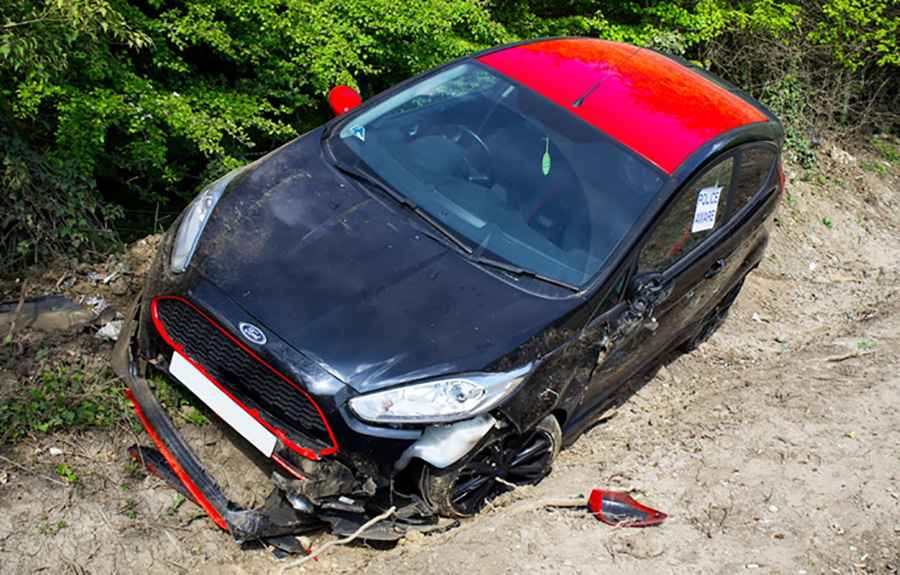Tourist Traps and Traffic Jams: How to Stay Safe on Popular, Perilous Routes
Traveling to a new city or exploring a well-loved tourist destination can be exciting. You’re surrounded by energy, landmarks, and a flow of fellow visitors ready to soak in the sights. But that same mix of crowds, congested roads, and distracted drivers can quickly turn the dream into a headache. Popular routes are often the very ones where accidents happen most, especially when visitors are juggling maps, cameras, and rental cars while locals rush to get to work.

It’s in these high-pressure road environments that knowing how to handle mishaps is essential. Beyond the usual checklist of calling for roadside help and exchanging insurance details, it also helps to know when to get legal help after an accident. A little clarity about your rights and options can prevent an already stressful trip from spiraling into a financial or logistical nightmare.
Why Tourist Roads Become Trouble Spots
Some roads gain reputations for their beauty, while others are infamous for their chaos. Tourist-heavy routes often land in the second category because they combine local traffic with inexperienced or unfamiliar drivers. Add in GPS navigation errors, sudden lane changes, or the urge to slam on the brakes for a photo, and the result can be an accident waiting to happen.
Highways like Florida’s I-4 or sections of Atlanta’s interstates are prime examples. These roads connect busy cities with attractions and airports, creating a constant churn of vehicles. Even seasoned drivers may struggle when surrounded by hesitant tourists merging at the wrong time or buses stopping unexpectedly.
Common Hazards on Popular Routes
The biggest risks on tourist-heavy roads often come from predictable patterns. Drivers can stay safer when they understand the main trouble spots.
- Sudden braking: Tourists slow down without warning to spot attractions or take an exit.
- Confusing signs: Out-of-towners often hesitate or weave when signs are unclear.
- Rental cars: Drivers unfamiliar with their vehicles might handle them poorly in tight spots.
- Fatigue: Long travel days leave people less alert, especially on late-night drives.
Each of these hazards may seem small, but when multiplied across thousands of vehicles, they raise the odds of a crash.
How to Stay Calm in the Chaos
Even if you can’t control the actions of others, you can improve your own odds on crowded tourist routes. Staying calm and patient often matters more than raw driving skill.
- Plan ahead: Check maps and traffic updates before leaving, so you know alternate routes.
- Give extra space: Assume other drivers may make sudden moves, and keep a safe following distance.
- Avoid peak times: If possible, travel early in the morning or late in the evening when roads are lighter.
- Stay alert: Watch for rental cars, buses, and vehicles with out-of-state plates that may act unpredictably.
These steps won’t guarantee a smooth ride, but they can help you avoid becoming part of the problem.
What to Do if a Crash Happens
Despite your best efforts, accidents can still happen. When they do, it’s easy to feel overwhelmed—especially in an unfamiliar city. A simple approach works best:
- Check safety first: Make sure everyone is okay and move to a safe spot if possible.
- Call for help: Contact local emergency services and report the accident.
- Document the scene: Take photos, note details, and exchange contact information.
- Seek support: If injuries or major damage occur, understand your rights and responsibilities before signing anything.
This is where having a bit of legal awareness pays off. Knowing who to call and what to ask ensures you don’t overlook something important in the heat of the moment.
Why Legal Awareness Matters on the Road
Most drivers think about car insurance when dealing with accidents. While that’s important, it doesn’t always cover everything, especially when injuries or disputes arise. Legal support provides an added layer of protection. It helps travelers and locals alike understand how to file claims, deal with insurers, and recover costs from damages or medical expenses.
Even a minor crash on a tourist route can become complicated. Different states may have unique traffic laws, and rental agreements add another layer of complexity. Having someone who can guide you through these issues can keep a minor collision from turning into a major setback.
Balancing Adventure With Safety
Tourist roads don’t need to be avoided altogether. Many are gateways to memorable experiences, from scenic highways to iconic downtown streets. The key is to respect the risks that come with them. Planning, patience, and awareness go a long way in keeping trips fun and safe.
At the same time, knowing how to respond when accidents occur helps ease the stress. Legal knowledge is part of that toolkit. Just as you pack sunscreen, snacks, and a charger for your trip, it makes sense to prepare for the less glamorous side of travel as well.
Final Thoughts
Tourist traps and traffic jams are part of the travel experience, but they don’t have to ruin your journey. By anticipating common road hazards, driving defensively, and staying calm under pressure, you can enjoy your trip while reducing your risk. And if something does go wrong, remembering the basics—safety, documentation, and knowing when to seek extra support—will make the situation far less daunting.
Photo by Mike Bird